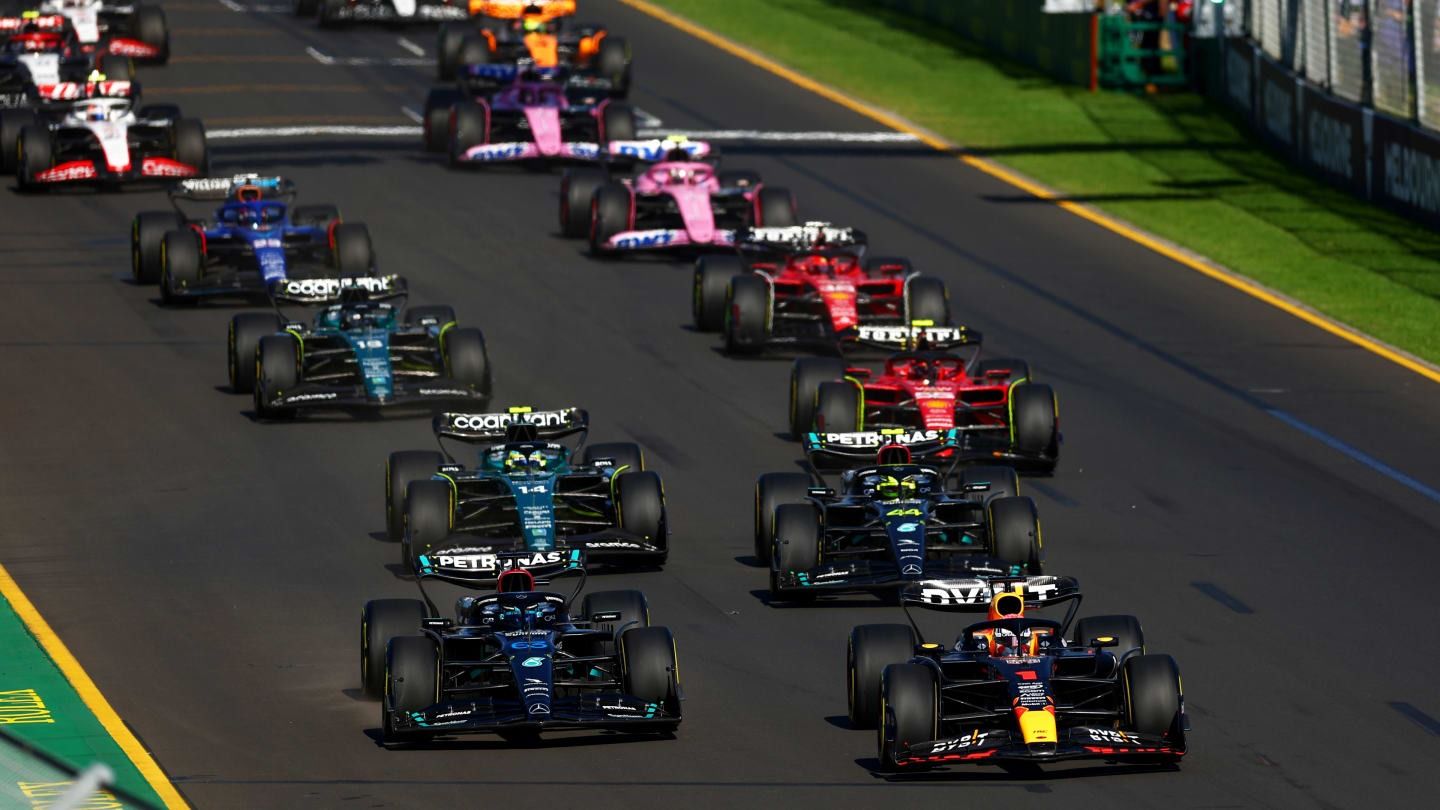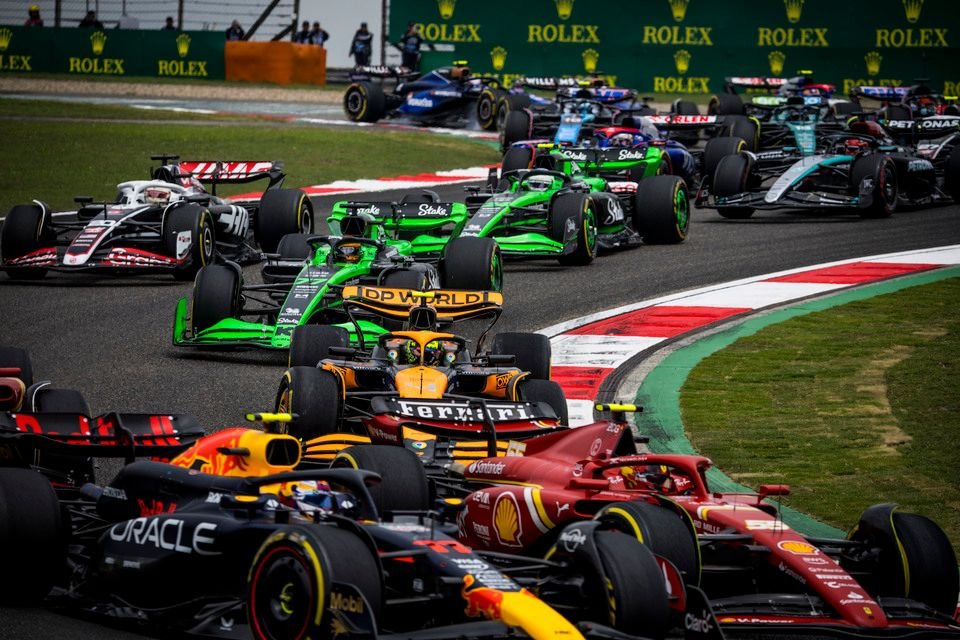The upcoming F1 Commission meeting, slated to convene in Geneva and via video conference, will engage teams, the FIA, and F1 management in discussions encompassing technical and sporting facets of Formula 1. Among the key topics on the agenda is a proposed alteration to the points structure of F1, a concept that has been given prominence in the distributed agenda.
The proposed change involves expanding the distribution of points to encompass the top 12 drivers instead of the current top 10, a format maintained since 2010. However, the adjustment primarily affects positions from the 8th onwards, with no modification proposed for the points awarded to the top seven finishers, as delineated in the proposed table.
The notion of broadening the points allocation has arisen from lobbying efforts by smaller teams within F1. They contend that a more expansive points system would benefit both their competitiveness and the overall dynamics of Formula 1 by ensuring that lower-ranked teams have opportunities to secure points, counteracting the domination of the top squads.

| Finishing position | Current points | Proposed points |
| 1 | 25 | 25 |
| 2 | 18 | 18 |
| 3 | 15 | 15 |
| 4 | 12 | 12 |
| 5 | 10 | 10 |
| 6 | 8 | 8 |
| 7 | 6 | 6 |
| 8 | 4 | 5 |
| 9 | 2 | 4 |
| 10 | 1 | 3 |
| 11 | 0 | 2 |
| 12 | 0 | 1 |
| Fastest lap | 1 (top 10 finishers only) | 1 (top 12 finishers only) |
This proposition is particularly pertinent as after the initial four races of the season, teams such as Alpine, Williams, and Sauber have been unable to accrue any points, largely due to the consistent stronghold of the top five teams on the top 10 positions. Consequently, the proposed alteration seeks to rectify this disparity and reward consistent performance across the field.
Crucially, the proposal maintains the existing points structure for the top positions, a strategy aimed at garnering support from the leading teams, which have historically been resistant to changes in the points system. Additionally, the financial implications, with the FIA receiving payments for entry fees for every point scored, underscore the complexities inherent in altering the points distribution.
Although the proposal is not guaranteed unanimous backing, it requires the support of merely six out of the current 10 teams to be ratified for implementation in the forthcoming season. Such adjustments to the points system are infrequent in F1 history, with only four revisions occurring since 1990, illustrating the significance and deliberation attached to any proposed changes in Formula 1’s regulatory framework.

